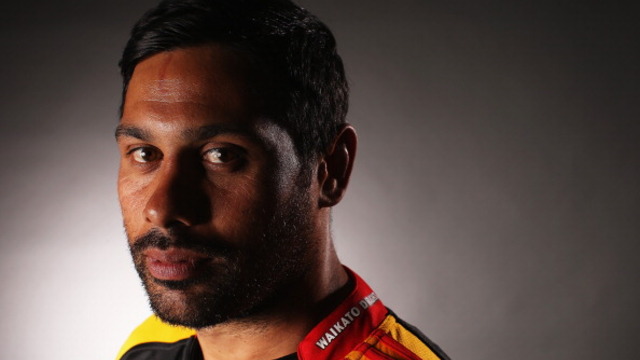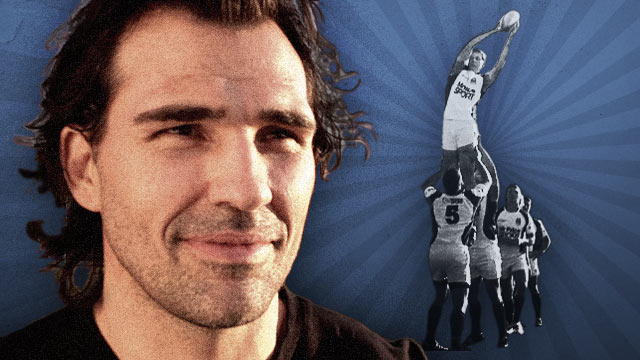Why the All Blacks front row is in a bind
When Sir Graham Henry was first appointed the New Zealand head coach in 2004, he was determined that the All Blacks tight forwards would no longer be seen as pushovers.
He had the help of one of the very best scrum coaches in the world in Mike Cron. ‘Ted’ installed the man who is still probably the best all-around tight-head prop of the professional era at number 3 – mountainous Carl Hayman.
He settled on Tony Woodcock as the long-term answer on the left side of the front row. Woodcock eventually recorded 118 caps in a 13-year career for New Zealand and score the crucial try in the 2011 World Cup final.
Woodcock and Hayman, followed in the line of succession by another cap centurion in Owen Franks and his Crusaders team-mate Joe Moody, anchored an All Blacks scrum which was super-solid in the golden decade between 2005 and 2015. From that rock-like platform, the men in black could show their skills elsewhere.
The latest batch of international games in the 2020 Tri Nations have shown some cracks in the edifice that Graham Henry and Steve Hansen built, and which Mike Cron reinforced for so many years.
The All Blacks have started with Ofa Tu’ungafasi at tight-head prop, and they have introduced two new men from the bench in Alex Hodgman (at loose-head) and Tyrel Lomax on the right side.
Lomax is, like Hayman, exceptionally tall for a prop at 6 foot 4 inches, but he has not yet developed a technique as reliable as his predecessor. At times, both he and Hodgman went for some uncomfortable rides during the Bledisloe Cup series against Australia:
What is perhaps more disturbing for New Zealand supporters is the trouble that Joe Moody is having in holding the All Blacks scrum operation together.
Against Argentina he was opposed by Francisco Gomez Kodela, who has been playing French club rugby for the past 10 years in the Top 14 competition. Gomez Kodela is 35 years of age and had always been a fringe squad member. Surely, he would not be able to cause problems for a Test-match loose-head of Joe Moody’s calibre?
In the event, he did, and in the process illuminated some of the binding details, legal and illegal, in the grey areas of professional scrummaging.
First let’s take a look at Gomez Kodela on Argentina’s own feed, with the Pumas camped on the New Zealand goal-line:
Gomez Kodela’s bind changes as the engagement process develops. At ‘Bind’ his right arm is long – as long as possible – and pushing back on the left hand of All Blacks hooker Dane Coles:
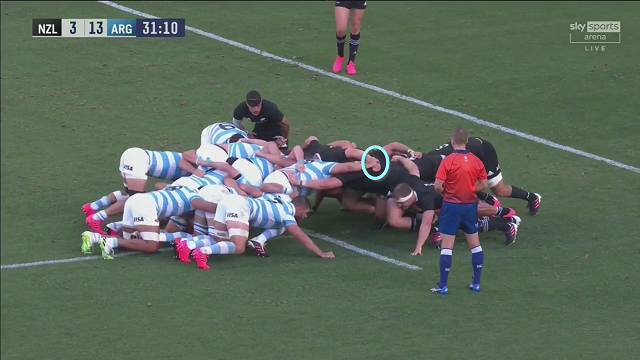
Why? The tight-head packs down in between two players (Moody and Coles) and this is a way to stop a vice-like squeeze developing. If Gomez Kodela can prevent Coles binding too tightly with Moody, he can give himself some breathing space – quite literally!
At ‘Set’, the Pumas tight-head pulls his bind back on to Moody’s arm, in order to help him control his opponent’s outside shoulder, and hence the height of the scrum:
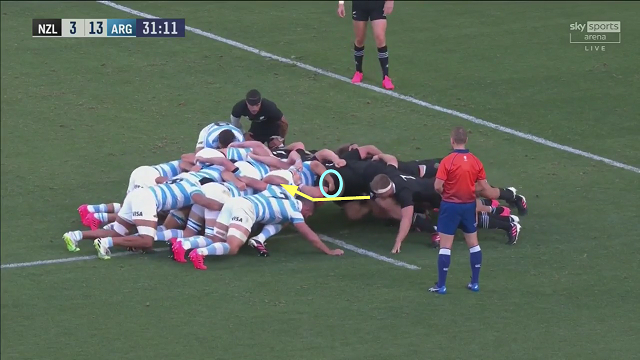
As the screenshot illustrates, one the problems for the tight-head with a class operator like Joe Moody is the sheer length of his left arm bind. Moody has such flexibility in his shoulders than he can reach all the way to his opponent’s shorts. This means that he can pull the tight-head’s hips towards him and expose the vulnerable area underneath his ribs.
Argentina’s solution is to have the flanker packing behind Gomez Kodela (#7 Marco Kremer) come off his bind to their second row and move up alongside the tight-head as an angle develops, and both props head towards the middle of the tunnel:
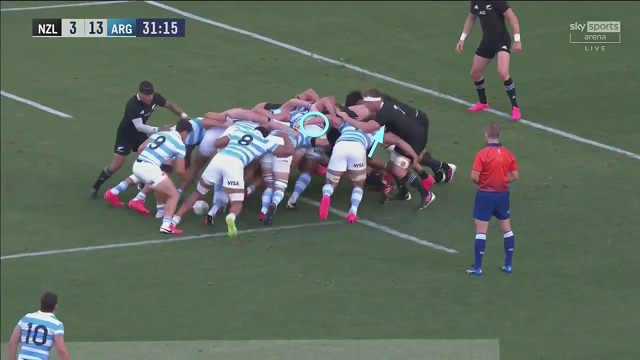
Kremer breaks his bind, drives Sam Cane away and that gives the Pumas all of the momentum on the right side of the scrum. Penalty Argentina.
In fact, the change of bind is illegal, although most referees turn a blind eye. Law 11 (d) states that “all players’ binding must be maintained for the duration of the scrum”. Where the bind starts, it should stay.
An even more revealing picture was painted on an All Black feed a few minutes later:
Kremer comes barrelling off his original bind and smashes into Shannon Frizell on the side of the New Zealand scrum. Another screenshot shows his true intention:
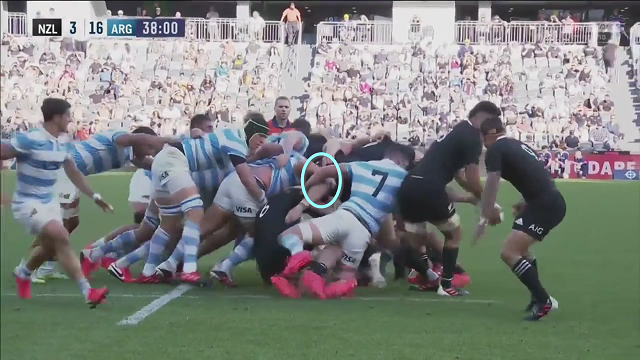
Not only has Kremer become disconnected from his own second row, he is actively trying to pull Joe Moody’s left arm bind away from Gomez Kodela’s hip. The wide angle shot demonstrates the impact of his contribution from the flank. As a result, the left side of the Kiwi scrum crumbles:
The game was an eloquent, if brutal example of important the bind, and changes of bind in the course of the scrum can be.
The Argentina scrum has returned to its roots, using he old ‘bajada’ bind with the second rows binding around the hips of the props, rather than through the legs.
Tighthead prop will attempt to change his bind during the set-piece to gain better position, and encourage the support players around him to disrupt his opponent’s. Flankers break binds and shift rows to help drive one side of the scrum forward.
On the day, it was too much for the All Blacks, and it has created some questions that need to be answered, a scrum selection bind that needs to be broken.





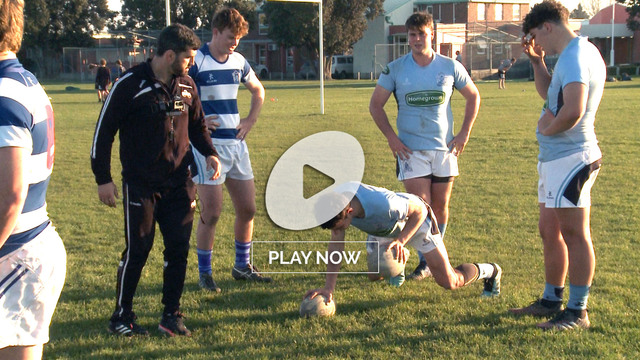
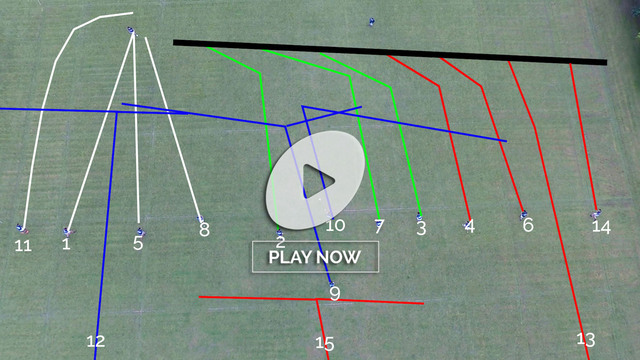
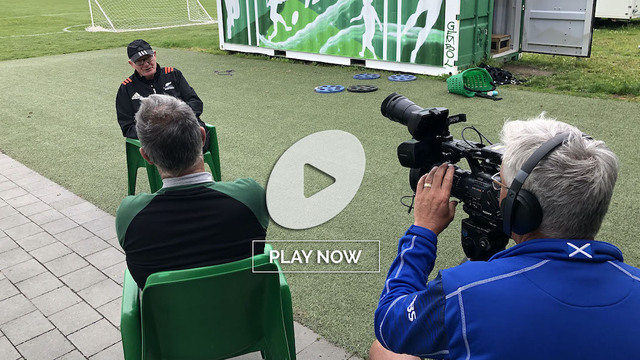
.jpg)
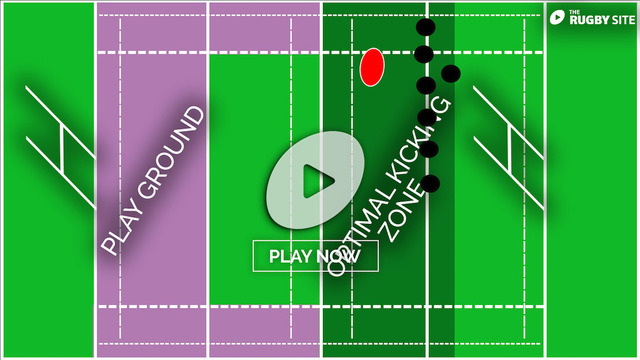
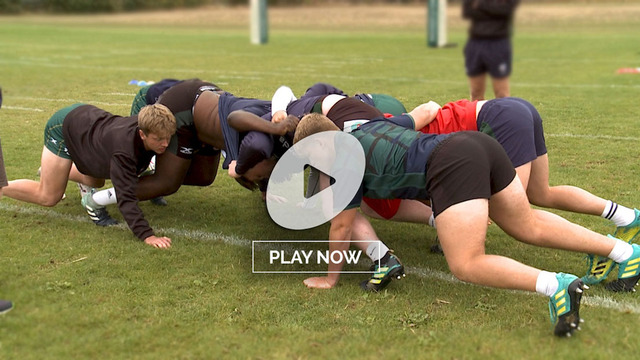
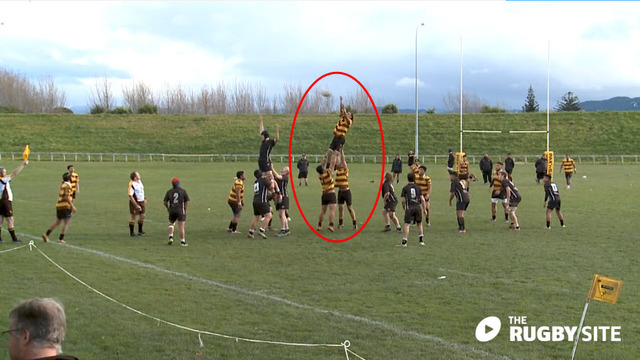
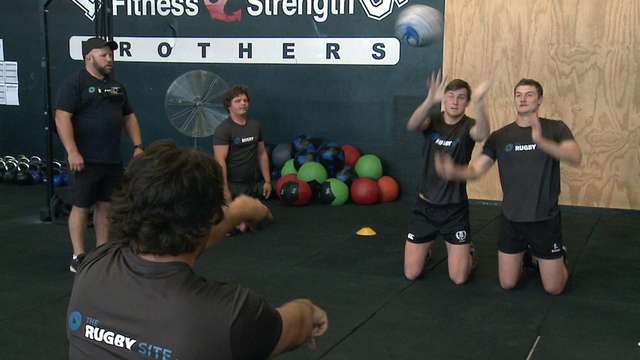
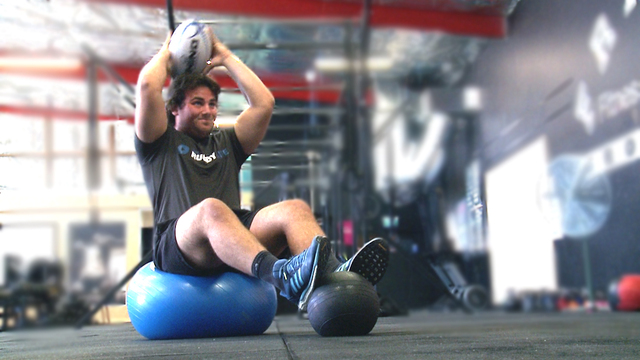
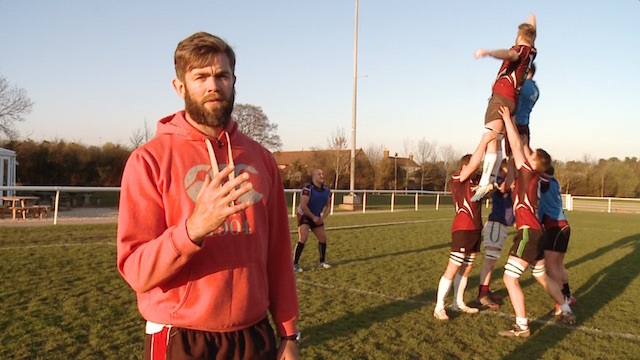
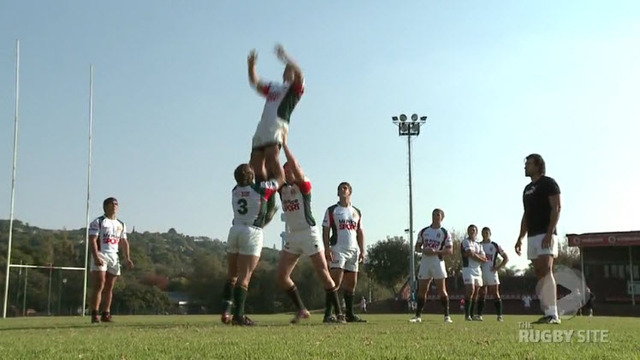
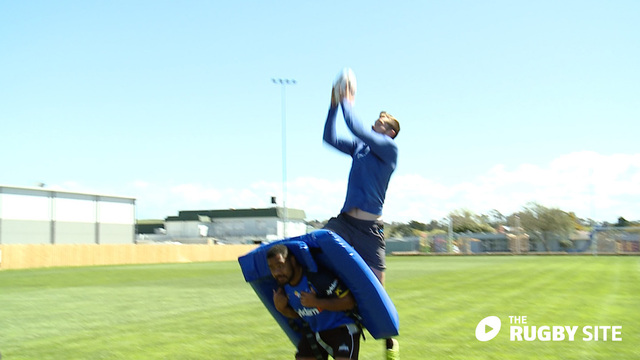
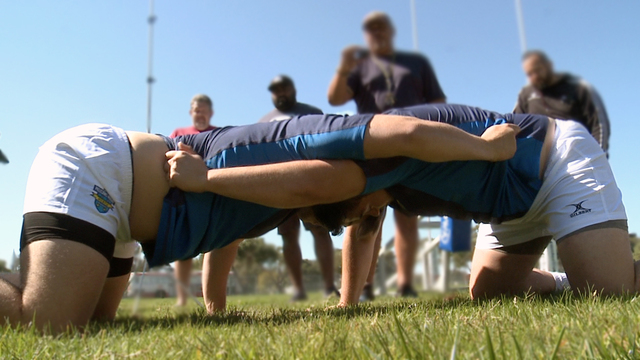
.jpg)
